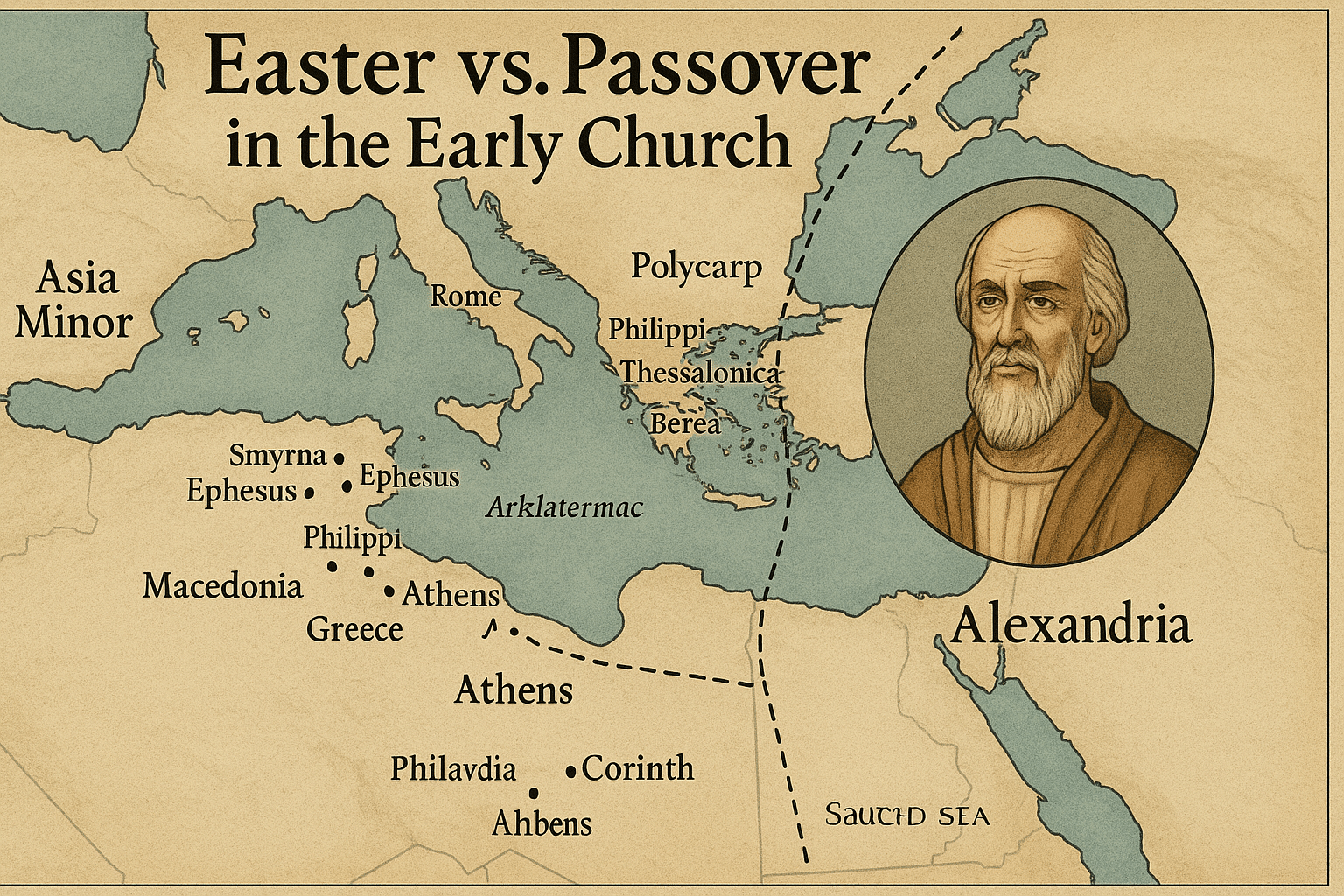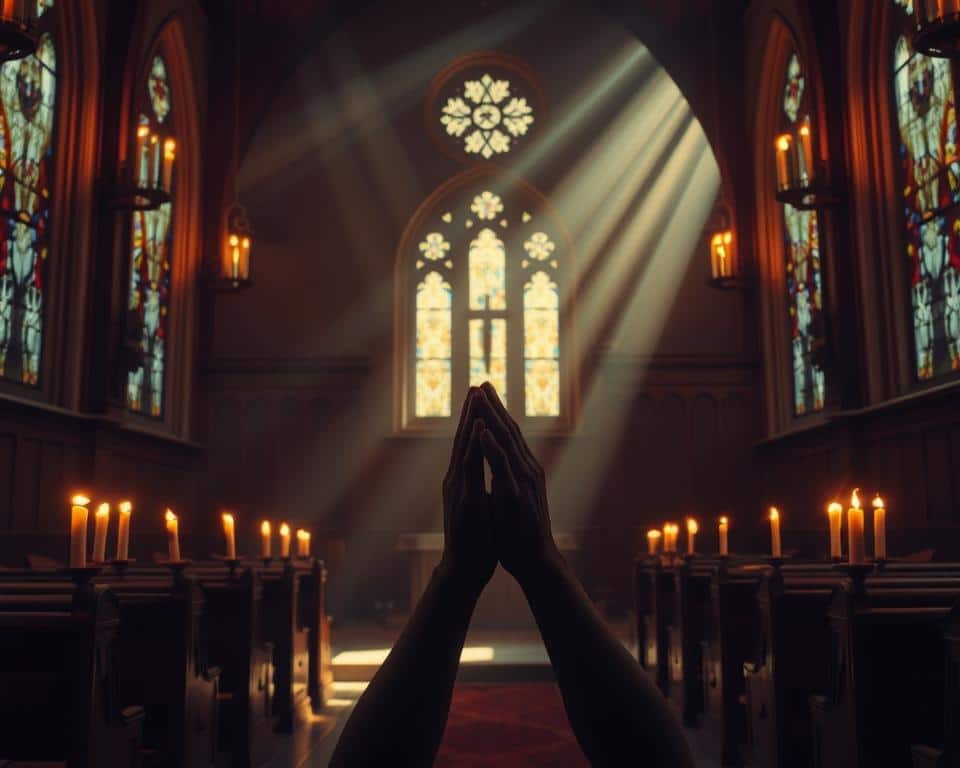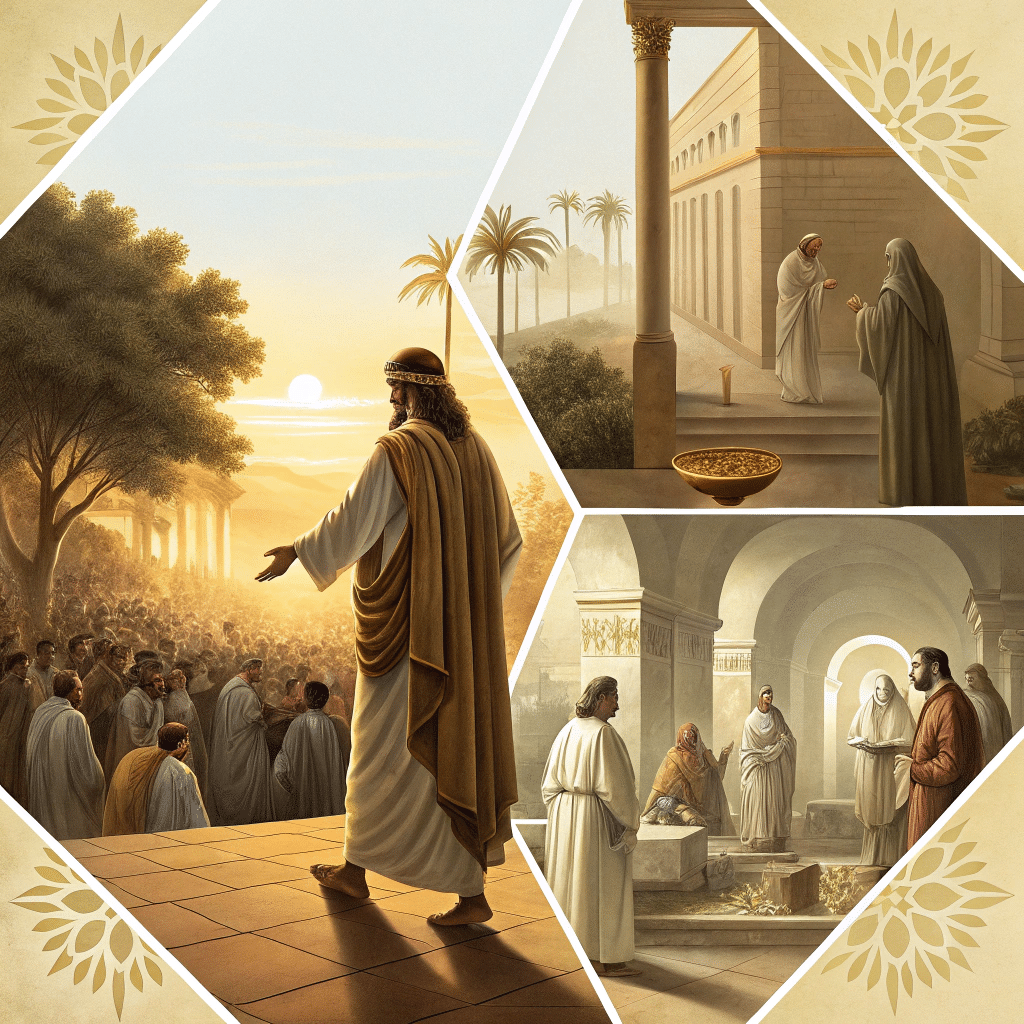In this lecture, we go into the early Christian Church’s witness, particularly focusing on the conflict surrounding the celebration of Easter versus Passover. This discussion builds upon previous explorations of the Old and New Testament witnesses, now shifting to the formative years of Christianity following the Apostles.
The Map of Early Christianity
To understand the geographical context, a map illustrates the early Christian churches, with a dotted black line separating the Eastern churches from the Western churches. The Western Church is represented by Rome, while Alexandria marks the Eastern Church. Notably, the map shows numerous early Christian churches in Asia Minor, Macedonia, and Greece, where the Apostle Paul spread the word of God.
Polycarp: A Key Figure in Early Christianity
Polycarp, who became Bishop of Smyrna at a young age, is a significant figure in this narrative. He was a disciple of John the Revelator and played a crucial role in the early church. Polycarp’s ministry was marked by a letter from John, commending the Church of Smyrna for its faithfulness. His eventual martyrdom, being burned at the stake, underscores the persecution faced by early Christians.
The Easter Controversy
One of the pivotal moments in early Christianity was Polycarp’s visit to Rome to discuss the differing dates for celebrating Easter. The Western churches celebrated Easter on a Sunday, while the Eastern churches adhered to the 14th day of Nisan, aligning with Passover. This divergence in practice highlighted the growing rift between the Eastern and Western churches.
Polycarp’s successor, Polycrates, further engaged in this controversy, asserting the Eastern churches’ right to maintain their traditions. He emphasized the importance of adhering to the customs passed down from their ancestors, which included the observance of Passover.
The Role of the Roman Church
The Roman Church, under Bishop Victor, began to exert pressure on the Eastern churches to conform to the Western practice of celebrating Easter. This led to a significant response from the Eastern bishops, who resolutely refused to abandon their traditions. The tension escalated, with excommunication threats from the Roman Church against those who continued to observe Passover.
Historical Context of the Council of Nicaea
The Council of Nicaea in 325 AD marked a turning point in this conflict. It was here that the Roman Church officially established the date for Easter, which would always fall on a Sunday, diverging from the biblical Passover observance. This decision was influenced by the desire to distance Christianity from its Jewish roots and align more closely with pagan practices.
Theological Implications
The implications of these changes were profound. The Roman Church’s authority grew as it enforced its calendar and festivals, leading to a significant shift in Christian practice. The early Christians, many of whom were Jewish converts, initially celebrated the death and resurrection of Christ in conjunction with Passover. However, as the Roman influence expanded, these practices were increasingly marginalized.
The Legacy of Early Christian Practices
Despite the pressures from the Roman Church, many Christians continued to observe the biblical feasts. Historical records indicate that groups such as the Waldensians maintained these practices well into the Middle Ages, preserving the traditions of the early church.
The Modern Relevance
Today, the question arises: what does this historical conflict mean for contemporary Christians? The ongoing debate about the observance of biblical feasts versus traditional Christian holidays reflects a deeper struggle over the authenticity of faith practices. As we consider the legacy of figures like Polycarp and Polycrates, we are reminded of the importance of adhering to the teachings and practices established by the early church.
Conclusion
The conflict between the observance of Easter and Passover is not merely a historical footnote; it is a reflection of the broader struggle within Christianity to maintain fidelity to its roots. As we navigate our faith today, we must consider the implications of these early decisions and strive to align our practices with the teachings of Christ and the apostles.
The call to restore divine institutions remains relevant as we seek to honor the traditions that have shaped our faith for centuries.





